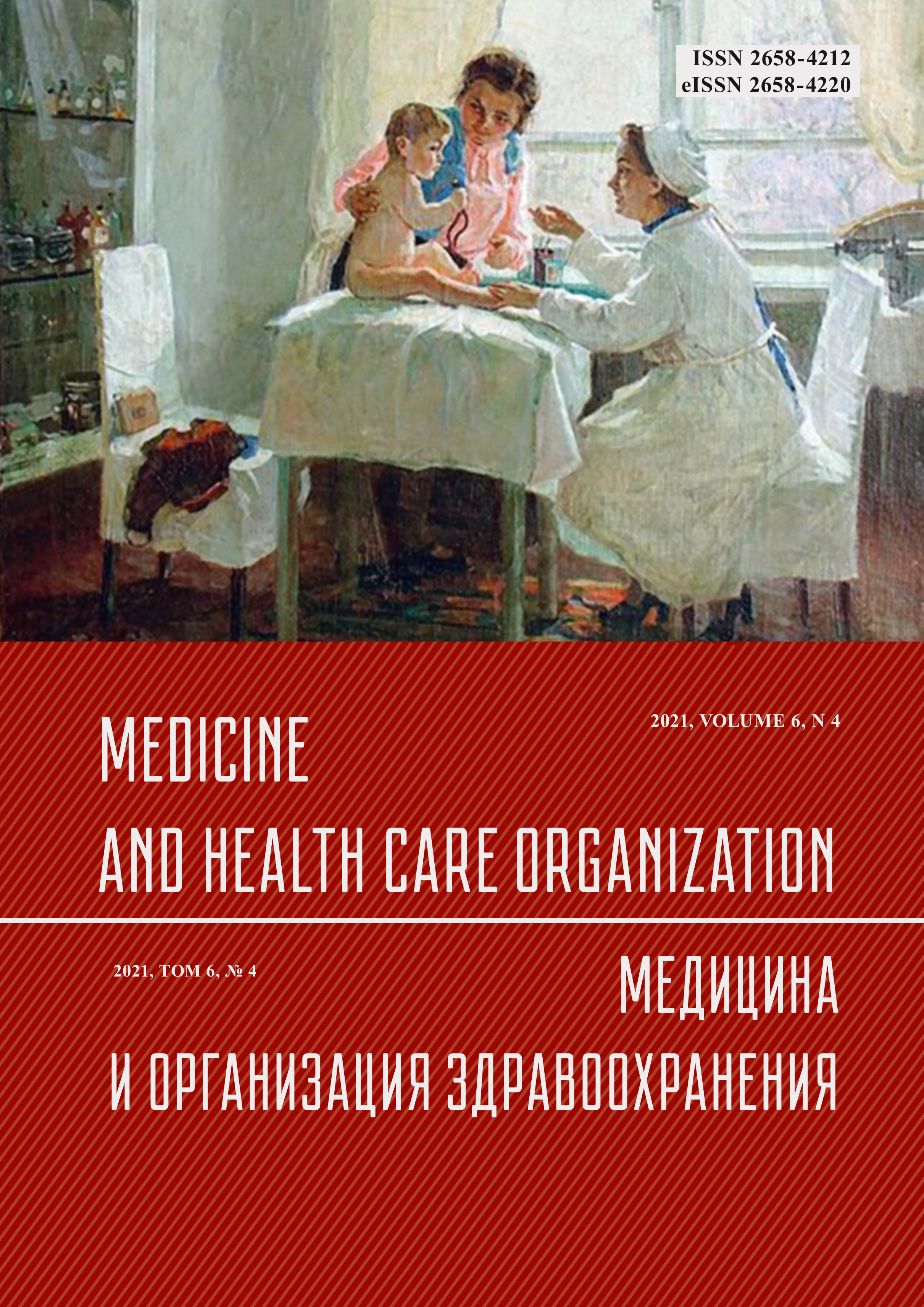Results of a study on some indicators of the quality and accessibility of medical care for children at the regional level
Abstract
Accessibility and quality of medical care is one of the basic principles of national health care. In declining birth rates, adherence to this principle is of particular importance. Considering the undoubted contribution of obstetric care organizations to the national future health, an assessment of the availability of neonatal beds and hospital bed usage in obstetric institutions can serve as a tool for analyzing the quality and accessibility of medical care for children. To assess these indicators in obstetric institutions of the Northwestern Federal District in 2013-2019, a comparative analysis of official statistics was performed. It was found that the availability of neonatal beds in 2019 in the Northwestern Federal District almost corresponded to the national average and had a positive growth dynamics (+12.8%) in the period of 2013-2019, proving the high availability of specialized medical care for newborns. The activity of perinatal centers resulted in a redistribution of the load on obstetric beds for pregnant women and women in obstetric care organizations in the regions. Analysis of the dynamics of bed utilization indicators has revealed that the average bed usage, average length of stay and bed turnover decreased, while the average idle time increased in the Northwestern Federal District. The dependence of bed turnover and average bed inactive time on the availability of neonatal beds was determined: with the increase in the availability of beds the turnover of beds decreases and their inactive time increases. Thus, in 2013-2019, the NWFD regions had significant variations both in the availability of neonatal beds and hospital bed usage in obstetric care institutions, proving different levels of availability and quality of medical care for children in obstetric care institutions in individual entities of the NWFD.



